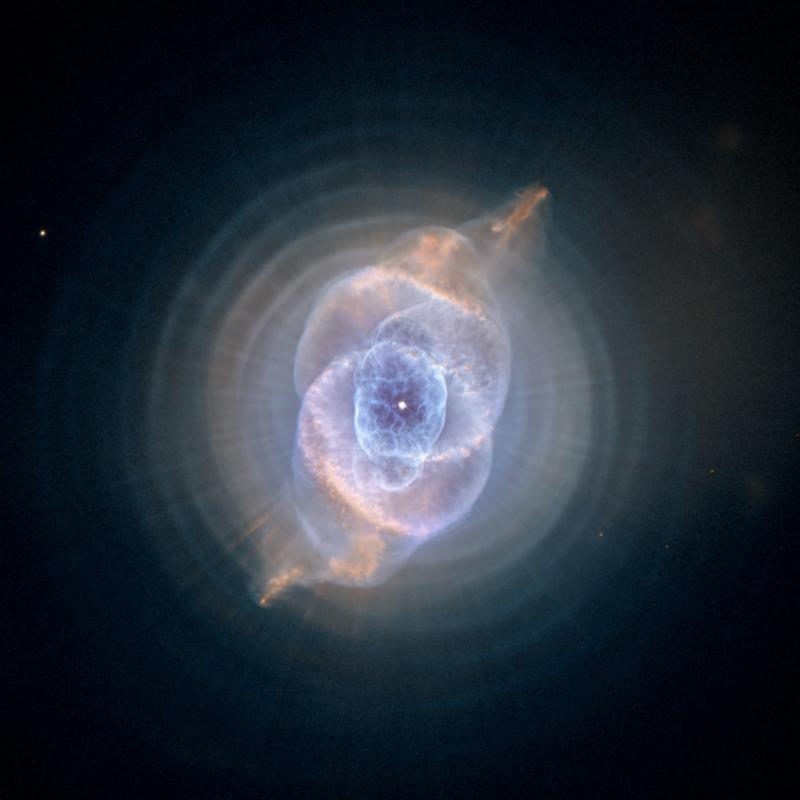Mars Atmosphere and Volatile EvolutioN
By Evan FinnesNASA has chosen a new mission in the Mars Exploration Program to study the Martian atmosphere. The purpose of the $485 million MAVEN mission, (Mars Atmosphere and Volatile EvolutioN), is to study the Martian Atmosphere, climate history, and potential habitability. This mission is intended to take the most detailed measurements ever recorded in the Martian atmosphere.
After the launch in 2013, MAVEN will enter an elliptical orbit from 90 to 3870 miles above the Martian surface where it will take measurements for an entire Earth year. Maven will also descend to an altitude of 80 miles above the surface where it will take detailed measurements of the upper atmosphere. After the mission is complete MAVEN will be used as a communications satellite for future rovers and landers.
The Martian atmosphere is relatively thin, with pressures ranging from .03 kPa to 1.155 kPa, and an average sea-level pressure of about .6 kPa (nearly 170 times less than that of Earth). Even though the atmosphere on Mars is 4 km taller than Earths, its Mass is nearly 206 times less than Earths. The atmosphere is composed of 95% CO2, 3% N, 1.6% Ar, with trace amounts of O2, H2O, and CH4. The atmosphere has been divided into 4 subdivisions: lower atmosphere, middle atmosphere, Upper atmosphere, and exosphere. The lower atmosphere is region that is warmed from airborne dust particles. The middle atmosphere is distinguished only by a jet stream. The upper atmosphere is characterized by very high temperatures, and the atmospheric gasses are stripped apart by the sun. The exosphere, like on Earth, is the boundary-less region where the atmosphere slowly tappers out into space.
Because Mars has the only surface observable from Earth, its climate has been studied since the 17th century. The first up-close climate observations were made in the 60’s by the Mariner missions and the Viking missions of the 70’s. Today the Mars Global Surveyor keeps up where they left off. We know that the Martian climate has some similarities with the Earth, such as changing seasons, ice-ages, and even a sublimating south-pole which could indicate a warming climate. Unlike Earth, Mars lacks water and has a low ability to resist temperature change during a full heating/cooling cycle.
Recent Missions such as the rovers, Spirit and Opportunity, have shown that large amounts of water most likely existed on the Martian surface at one time. So with any luck, MAVEN will be able to provide some insight into where this water went, and what happened to a Martian atmosphere that was once able to support water and perhaps life. Even more importantly, MAVEN will help us understand the evolution and the eventual fate of our own atmosphere.
